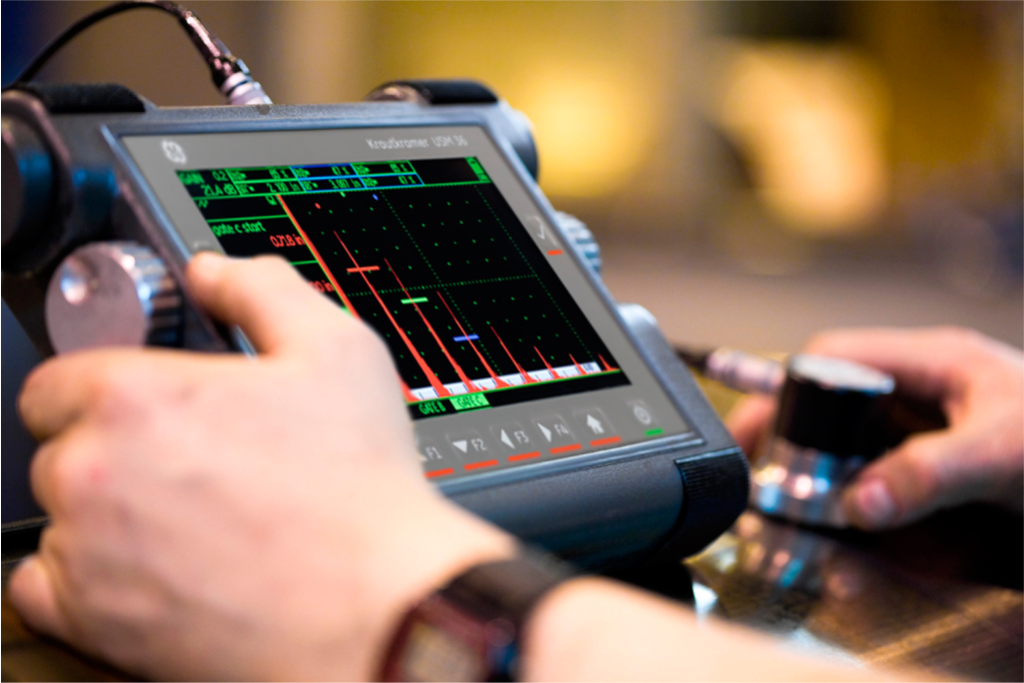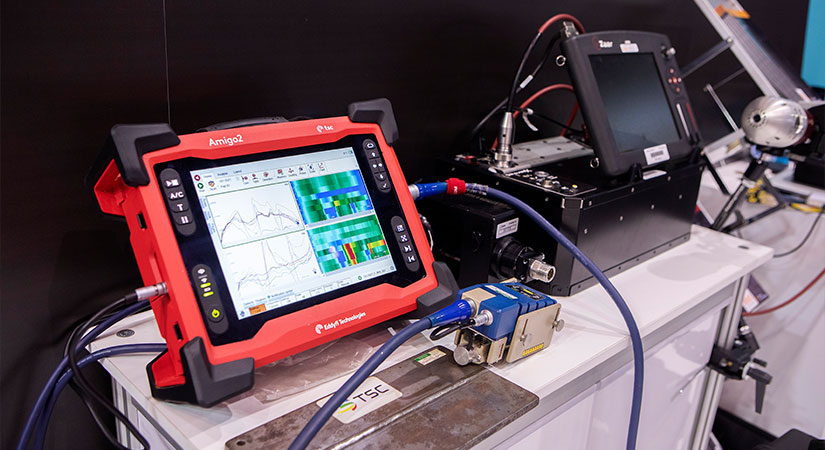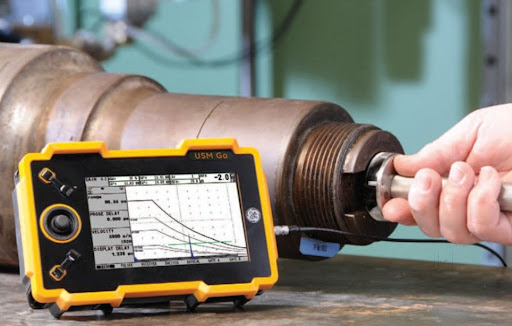In today’s fast-paced technological landscape, ensuring compliance in synchronization testing has become crucial for businesses aiming to maintain high-quality standards. This process is not just about meeting regulations but also about enhancing the overall efficiency and reliability of systems. Understanding the nuances of synchronization testing and its compliance requirements is essential for industry QA professionals.

What is Synchronization Testing?
Synchronization testing is a method used to verify that different components of a system operate in harmony, ensuring seamless functionality. This type of testing is vital for systems where timing and coordination are critical, such as in telecommunications, data transfer, and multimedia applications. Ensuring compliance in this context means adhering to industry standards and regulations that govern these processes.
Why Compliance in Synchronization Testing Matters
Compliance ensures that systems meet predefined standards, which helps in mitigating risks and avoiding penalties. It also fosters trust among stakeholders, including customers, regulators, and partners. For QA professionals, ensuring compliance means delivering products that are not only functional but also reliable and secure.
Key Standards and Regulations
Various standards govern synchronization testing, such as ISO/IEC standards for software testing and specific industry regulations. Adhering to these standards is crucial for achieving compliance. Understanding these guidelines helps QA professionals create testing frameworks that are both effective and compliant.
The Role of Automation in Synchronization Testing
Automation plays a significant role in ensuring compliance in synchronization testing. Automated tools can efficiently handle repetitive tasks, reduce human error, and ensure consistent test results. By incorporating automation, QA professionals can focus on more complex testing scenarios and strategic planning.
Benefits of Automated Synchronization Testing
Automated testing provides several benefits, including increased efficiency, improved accuracy, and reduced testing times. These advantages not only enhance the testing process but also ensure that compliance requirements are consistently met.
Challenges in Achieving Compliance
While achieving compliance in synchronization testing offers numerous benefits, it also presents certain challenges. These include keeping up with evolving standards, managing complex systems, and ensuring thorough testing coverage. Addressing these challenges requires a strategic approach and a deep understanding of both the testing process and the regulations involved.
Overcoming Common Challenges
QA professionals can overcome these challenges by staying informed about industry trends, investing in training and development, and leveraging technology. By doing so, they can ensure that their testing processes remain compliant and effective.
Future Trends in Synchronization Testing
The landscape of synchronization testing is continually evolving, with new technologies and methodologies emerging regularly. Staying ahead of these trends is crucial for maintaining compliance and ensuring the effectiveness of testing processes. Future trends may include advanced automation techniques, AI-driven testing, and more stringent regulatory requirements.
Preparing for Future Changes
To prepare for future changes, QA professionals should focus on continuous learning and adaptability. By embracing new technologies and methodologies, they can ensure that their testing processes remain relevant and compliant.
Conclusion
Ensuring compliance in synchronization testing is a critical aspect of quality assurance in today’s technology-driven world. By understanding the importance of compliance, the role of automation, and the challenges faced, QA professionals can create effective testing strategies that meet industry standards and regulations. Staying informed about future trends and being prepared for changes will further enhance their ability to maintain compliance and deliver high-quality products.

Frequently Asked Questions
What is the primary goal of synchronization testing?
The primary goal of synchronization testing is to ensure that different components of a system operate in harmony, providing seamless functionality and performance.
How does automation enhance compliance in synchronization testing?
Automation enhances compliance by reducing human error, increasing efficiency, and ensuring consistent testing results, thus making it easier to meet regulatory standards.
What are the common challenges in achieving compliance?
Common challenges include keeping up with evolving standards, managing complex systems, and ensuring thorough testing coverage. Addressing these challenges requires strategic planning and continuous learning.
For more on testing techniques, visit frequency inspection or check out stamping tool inspection for related insights.
This article contains affiliate links. We may earn a commission at no extra cost to you.
